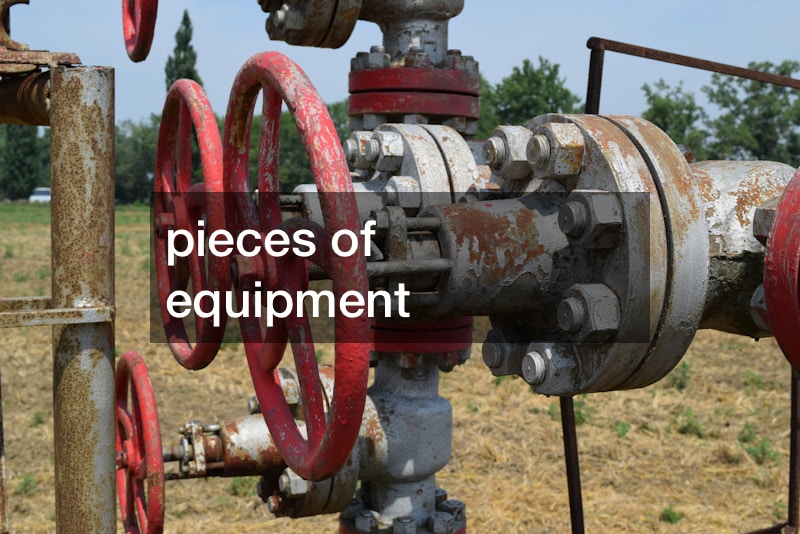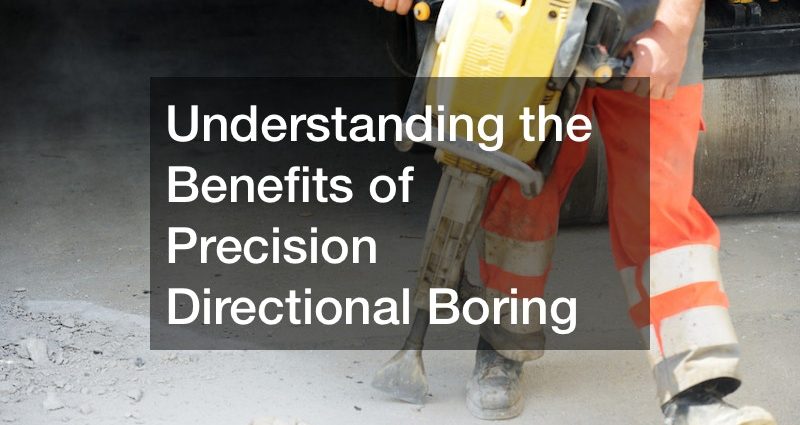
Boring excavation, well drilling and other horizontal drilling activities are highly dependent on having the right horizontal directional drilling equipment. Horizontal drilling has become an essential activity for many different settings.
When most people think of directional drilling and the equipment that is needed, they think of mechanical equipment like the drill rig itself. However, directional drilling is far more technical than most people realize. Directional drilling sonde is a radio detection device that is often used during horizontal drilling. It is one of the many pieces of equipment that is used during the process.
Without the proper equipment, horizontal water well drilling would not be possible. Directional drilling water line and other boring activities require the right equipment and the right skill set to achieve results. It takes a special skill set to know how to use the proper equipment. It also takes experience to ensure that the drilling is done right and is able to achieve the intended goal. Targeted drilling is a specialty skill.
Directional drilling offers many benefits in the right setting. There is a lot to learn about the process, the equipment, and what it takes to complete a project. Learn more about the directional drilling industry today.

The global horizontal directional drilling market is expected to reach nearly $15 billion by 2022.Precision directional boring is currently used for many things including gas pipelines, telecommunications, oil lines and product pipelines among other things.
It is estimated that are their currently about 2.5 million miles of pipelines to transport fuel products from source to market in the United States. Horizontal directional drilling (HDD) and precision directional boring helps produce twice the amount of gas being extracted when compared to traditional methods.
When it comes to utility locating, precision directional boring is an alternative to trenching for laying utilities and conduits. Digging trenches to lay pipe for utilities is often a messy job and can impact the surrounding area. Precision directional boring uses HDD and a predetermined route in which the utilities are placed. Rather than having a long, wide, gaping trench, precision directional boring leaves entry and exit points, much the way surgeries have become less invasive.
Traditionally HDD is accomplished in three phases:
- The bore is enlarged to a diameter that will facilitate installation of the pipeline.
- The pipeline is pulled into the hole, creating a continuous segment of pipe underground.
HDD is also a safe, efficient, cost effective method for highway bores and the current industry standard for trenchless technology for bores between two and 48-inch diameters and 600 feet to 1,800 feet in length.
According to the 2017 Horizontal Directional Drilling Survey, high density polyethylene pipe is the most common type utilized in the directional drilling market and is used on nearly 50 percent of products. The same survey indicated that telecommunications installation, driven by fiber-to-the-premises wave, increased its HDD market to more than 24 percent in 2017.
In addition to making utility locating easier, there are many other benefits of precision directional boring. These include:
- lower costs
- jobs being done faster
- less disruption of traffic
- reduced environmental impact
- longer, deep installations that are less evasive
Precision directional boring also makes construction projects easier. Trenchless boring eliminates the messy, dirty work environment that often sees gaping holes of earth with dirt, rocks and other sediment laying every which way. Directional boring also cuts down on equipment and workforce, which ultimately saves money.
Boring contractors and boring and trenching companies offer a wide range of services including trenchless technology. Companies such as We-Bore-It offer services such as road and highway boring, residential driveway boring, parking lot boring and under house/foundational boring that is quick and less invasive.
